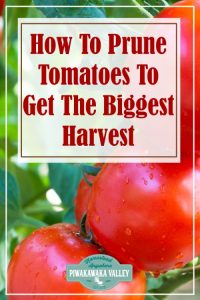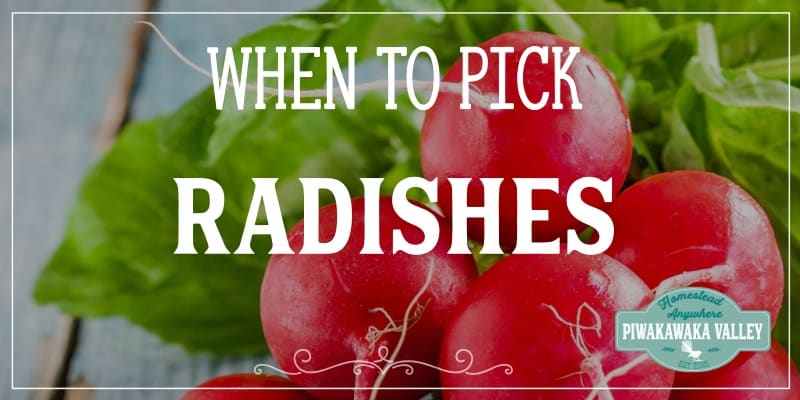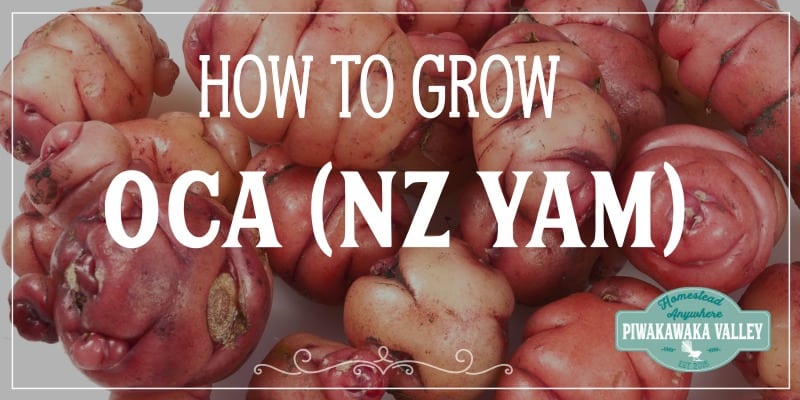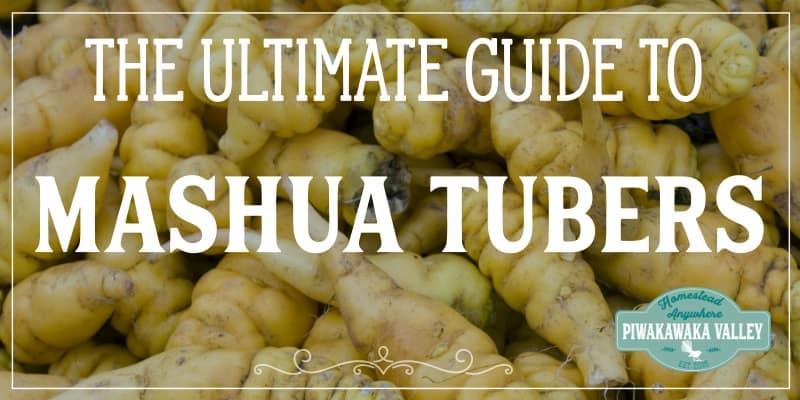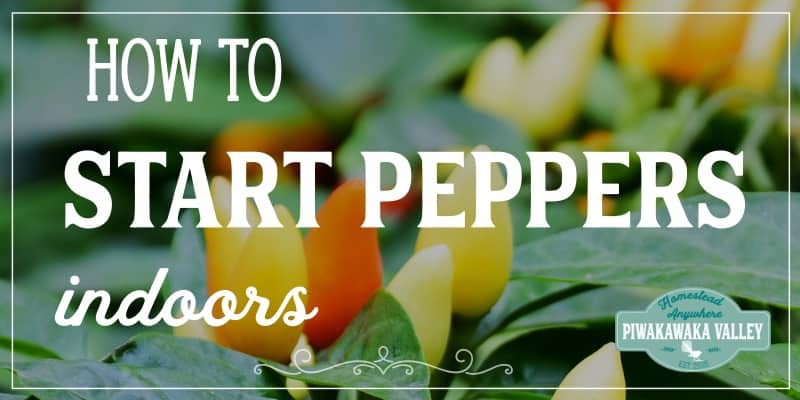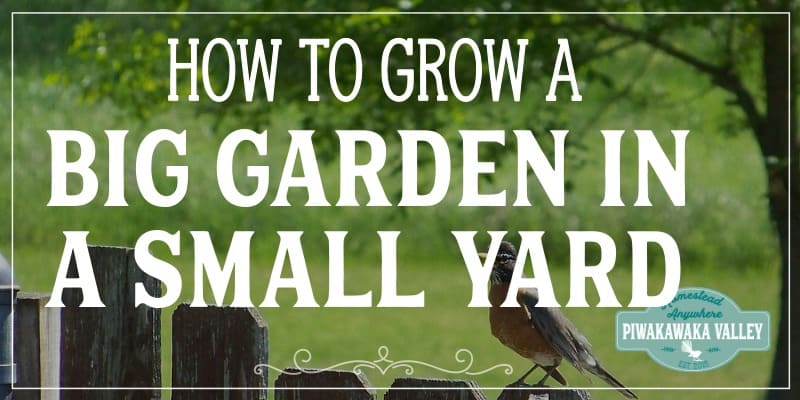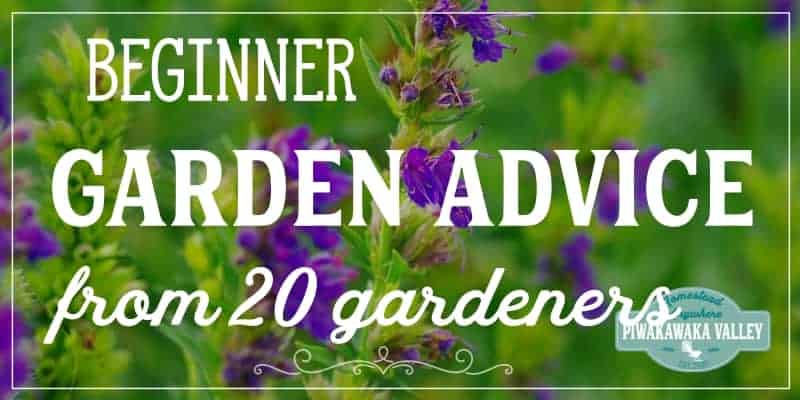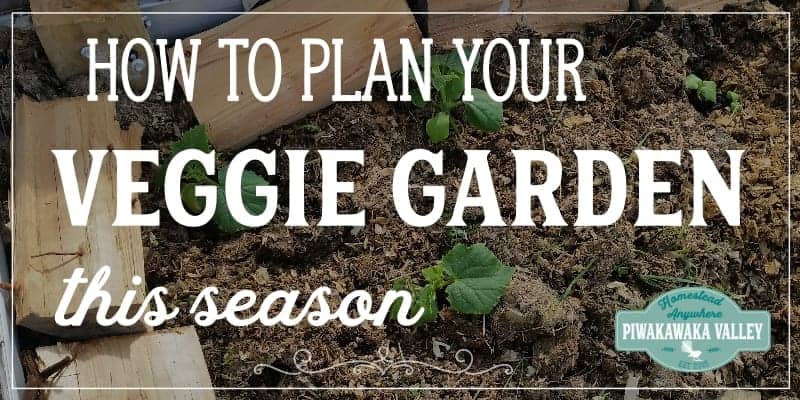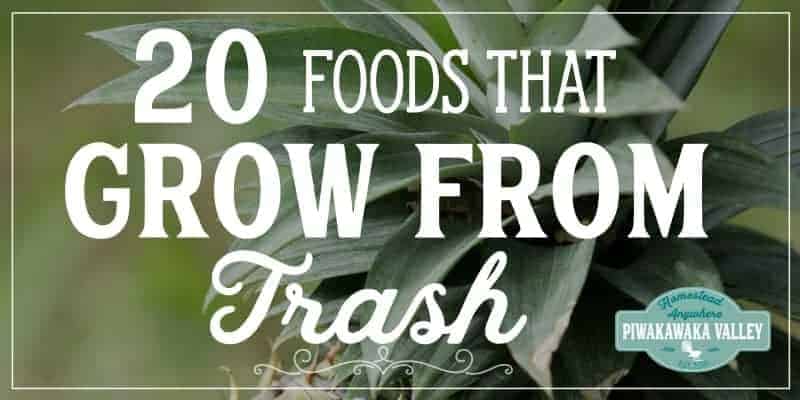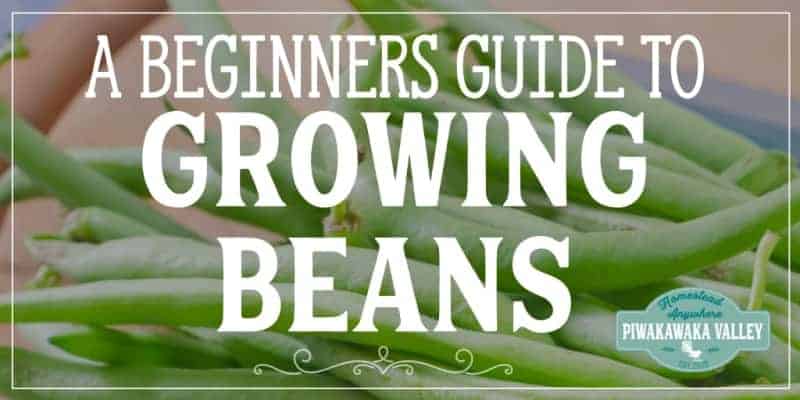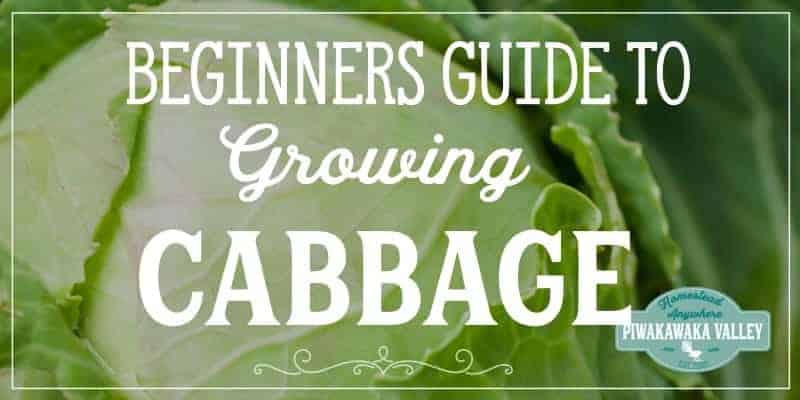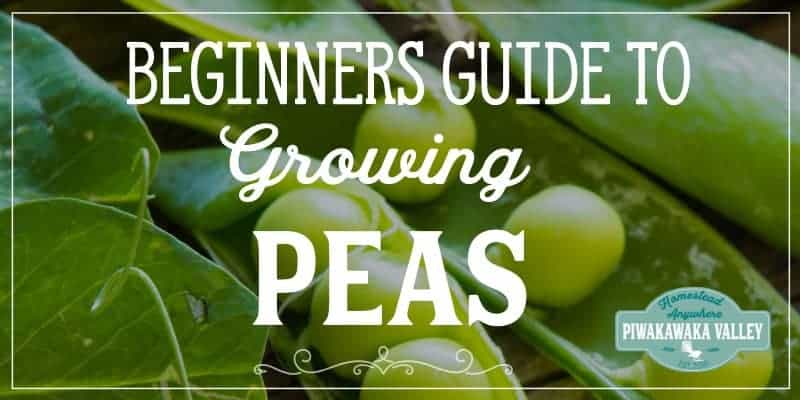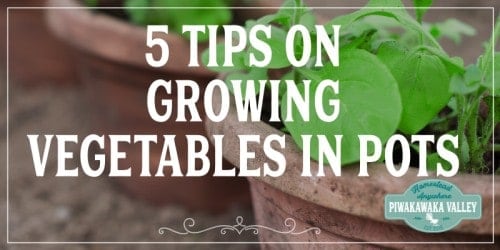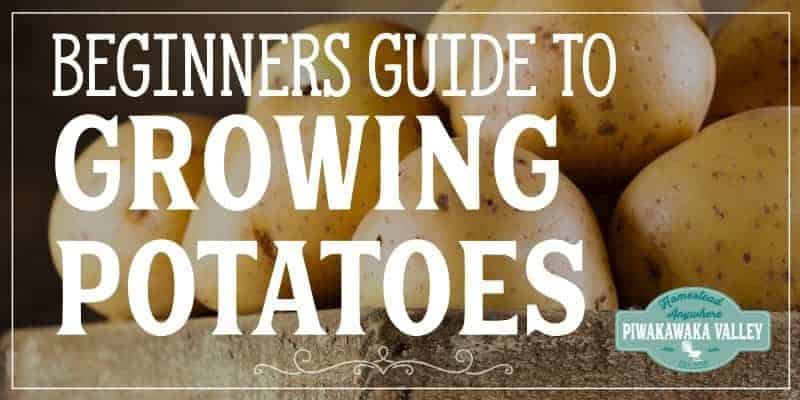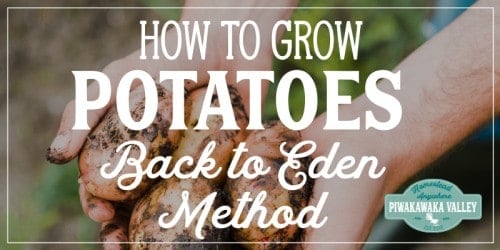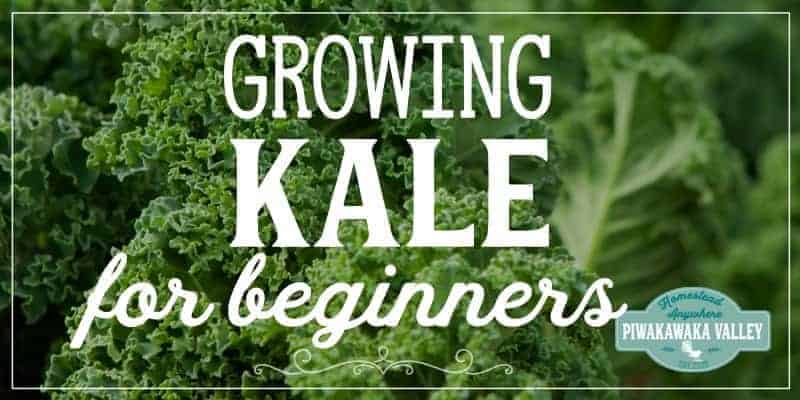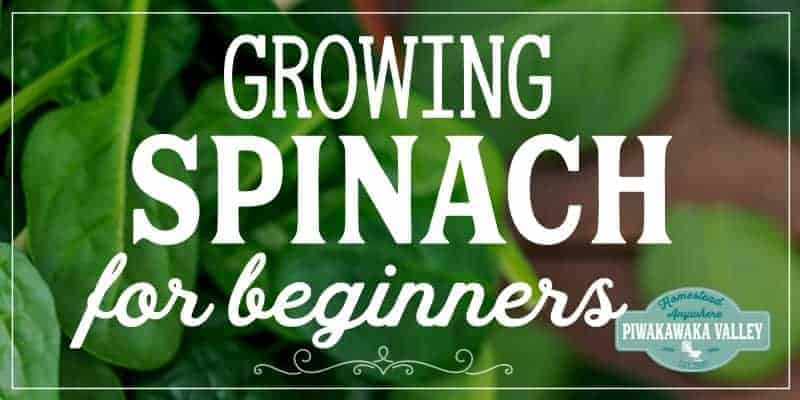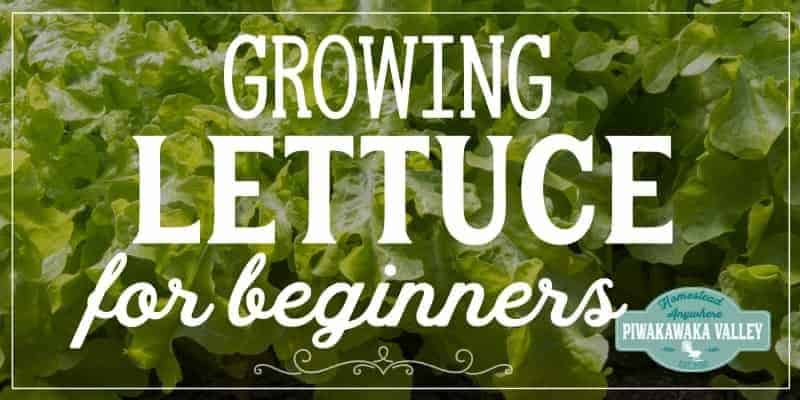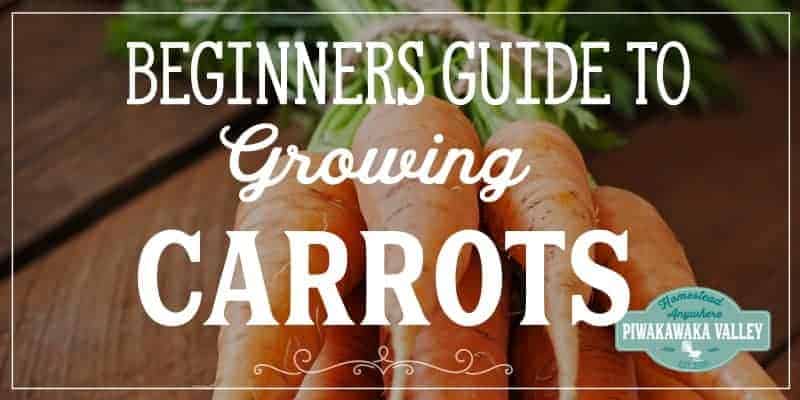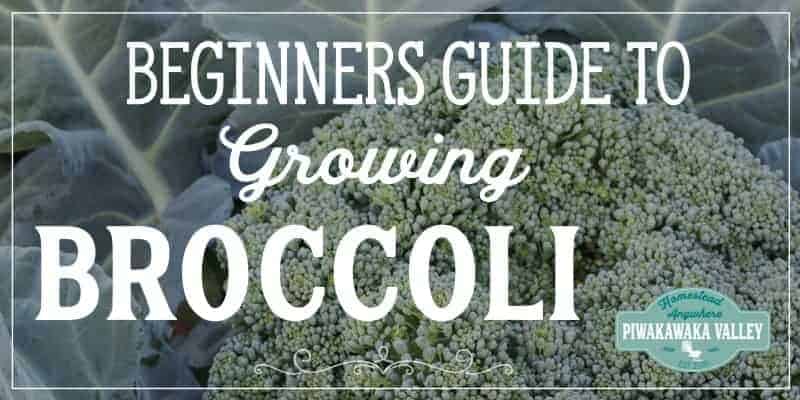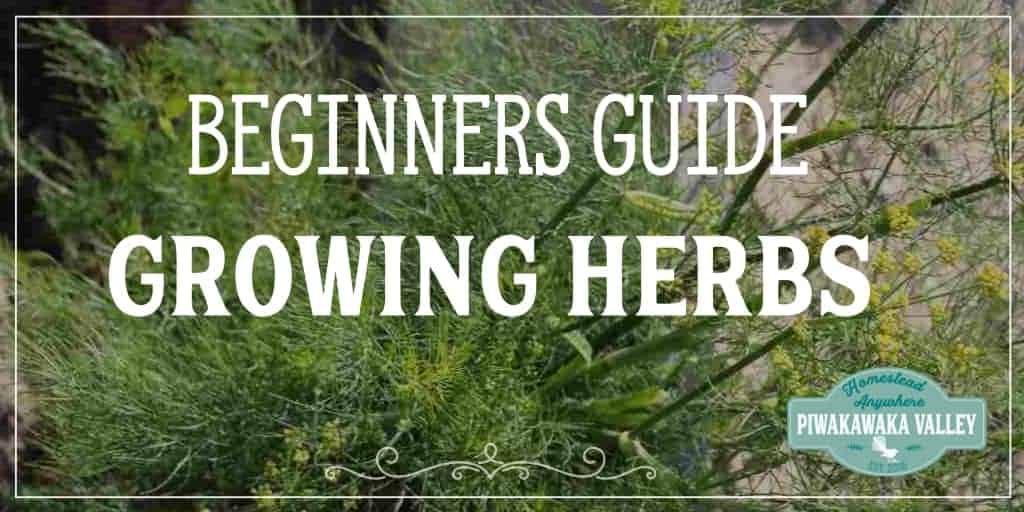This post was most recently updated on January 12th, 2021
When you plant tomatoes, you want the plants to bear a lot of ripe, fully developed fruit. Here is what you need to know about pruning tomatoes to improve your tomato harvest this Summer.
Please read: This information is provided for educational purposes only and is not intended to treat, diagnose or prevent any disease. We encourage you to make your own health care decisions in partnership with a qualified health care professional.
This post contains affiliate links, this means at no extra cost to you, we make a commission from sales. Please read our Disclosure Statement
When Is The Right Time To Start Pruning Tomatoes?
First you need to know what type of tomato variety are you growing?
Tomatoes can either be indeterminate or determinate.
Indeterminate varieties grow like vines and should be supported with upright poles and pruned properly for a bigger harvest. Indeterminate tomatoes continue to flower and bear fruit until the frost gets them.
As for the determinate varieties, the plant will grow as a bush. Generally, they will focus on bearing fruit without too much intervention from you. They tend to set all their fruit over a 3 or 4 week period, then die back.
What parts to prune when pruning tomatoes
Once you identify the tomato plant variety that you are growing, the next step is to check for signs of yellowing on the plant and any sign of the first flowers.
If you notice any yellowing on the leaves and stems, or the development of flowers, it’s time to start pruning the vines.
RELATED: 5 tops tips for growing tomatoes
Pruning suckers on tomatoes
You need to check for the tiny new branches that sprout where the branch and the stem meet, also referred to as suckers.
If you leave them to grow they will take the nutrients from the rest of the plant and bear less fruit also the plants will well and truly grow out of control!
Note that, you need to start pruning the tomato plants early. Therefore, you need to check for flowers early enough.
When you notice the flowers, the plant itself should be about 12 to 18 inches tall.
RELATED: Why are my tomatoes not growing right?
What Are The Right Pruning Techniques for Tomatoes?
1) Remove the Suckers
Start by removing all the suckers and the leaves found below the first cluster of flowers.
It will keep the plant strong and maintain a sturdy central stem. This will mean that all the nutrients will be sent to the fruits for a better harvest.
RELATED: Free Gardening Resources
Note that, if there are stems and leaves growing below the first flower cluster, you may choose to leave them until they start to turn yellow. They can provide shade to the plant until it matures completely, personally though, I prune hard and remove them all.
If you have thick suckers that you misses earlier, you can no longer just pinch them out as it could damage the entire plant.
Rather, you should pinch the tip of the sucker and leave a few leaves behind for photosynthesis and shade. Of course, there is a drawback here because you will require additional pruning as the sucker will keep trying to grow.
You should prune the suckers throughout the summer to keep the plant healthy.
If you are new to gardening, or want some support and knowledge getting a garden started, let me help!
2. Remove the top fruit trusses
If you have the indeterminate variety of tomato plants, you should leave about 5 fruit bearing trusses but removing everything else.
Fruit bearing trusses usually grow from the main stem above the first flower cluster. You can count on a heavy harvest from these trusses but leaving anymore will result in small and scant fruit from the whole vine.
The vine-like plants should be tied to support when they start flowering and you can continue to support them as they grow.
For the determinate plants, you don’t need to prune above the flower cluster because there is already a predetermined number of stems available.
RELATED: 20 ideas to use up too many tomatoes
3. Remove the yellow leaves
Tomatoes often develop yellow leaves at the bottom of the plant because the plant is using up more sugar than what is being produced.
With the plant maturing, the leaves at the bottom often start becoming yellow and wilt. It’s very normal for this to happen but just pull them off immediately to keep your plant healthy and to help prevent the development of disease.
4. Trim the top shoot
You will need to top the plant by removing the terminal shoot. Once your tomatoes are flowering the tomato plants must be growing fast and have very little time to reach maturity.
Therefore, you need to direct all the nutrients to the fruit to guarantee a great harvest, and you can do this by simply cutting the top off of the vine once it reaches 5-6ft in height.
This will help to ensure it focuses on growing and ripening the flowers/fruit it has before the weather gets too cold.
RELATED: How do you know heritage tomatoes are ripe?
Why Is It Important To Prune Your Tomatoes?
Are you wondering whether or not you need to go through the effort with your tomato plants? Well, here are some of the guaranteed benefits of pruning your tomatoes.
1. Preventing Disease
When you prune your tomatoes you will improve their form and remove any conditions or diseases that might create bacterial and fungal problems on the plant.
2. Improving The Fruit Quality
Pruning your tomato plants will reduce the number of stems and leaves on the plant. That way, all the leaves have ample access to sunlight.
The shaded leaves often become yellow and fall down from the plant.
Additionally, the plant will spend excess nutrients trying to grow new leaves rather than fruits. You can improve the quality of your tomato fruit by pruning the excess leaves and stems.
3. Improving The Structural Strength
By removing the side shoots of your tomato plants, you will boost the structural strength of the plant.
Any extra shoots immediately become weaker because the sugar required by the plant is being used by all the spare stems. A weaker plant is susceptible to injury from pests and other diseases.
In conclusion, the indeterminate tomato plant will benefit from pruning whereas generally you do not need to prune the determinant ones.
Indeterminate tomatoes need to be pruned regularly to avoid any broad branches that might restrict the quality and number of fruits.
You should start to prune the plant when it is 12-14 inches in height to help it grow one big strong stem rather than multi branched vines.
If you would like help getting the most out of your garden, I would love to help you, find out more here
RELATED: Free Gardening Resources
If you like tips on frugal living, self sufficiency and consuming less, sign up to our newsletter below, I would LOVE to have you
For further reading, I also recommend all of these books. I own every one of them and they are amazing resources!


